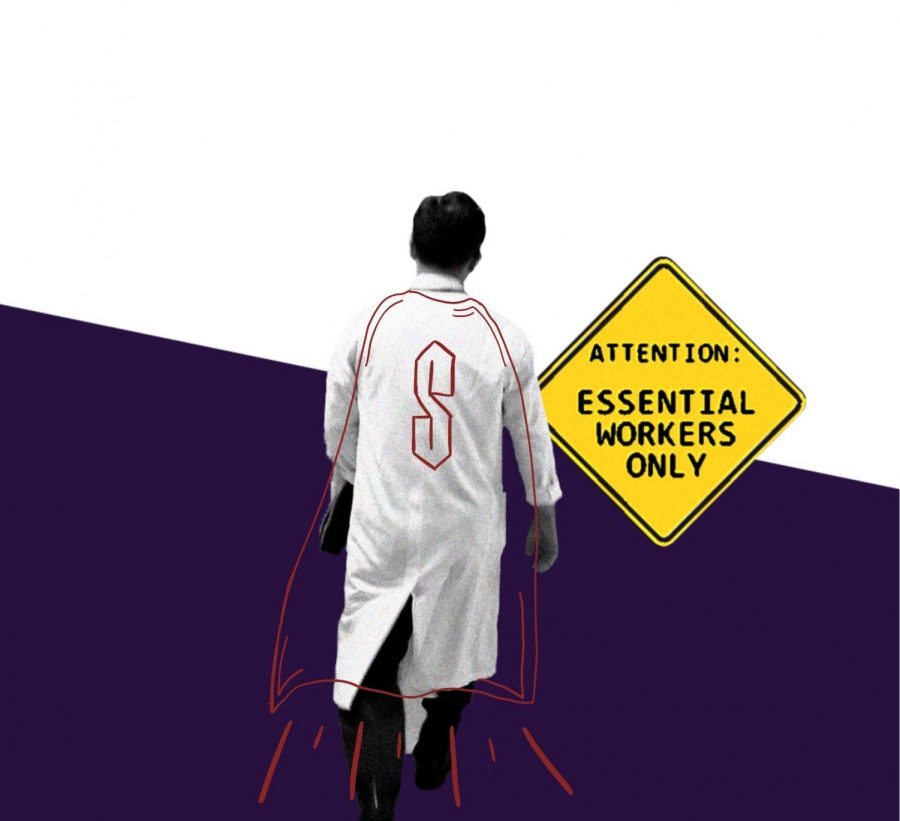St. Louis-the Gateway to the West, home to the 1904 World’s Fair and a place where I am gradually rediscovering my ancestors’ history. This is the city that my great-grandparents, grandparents and my mom have all grown up in. And now, I am gradually discovering what makes this city great. Each day I am continually amazed at the potential this place has.
When I look back at what St. Louis was, I am amazed. When I look at it now, I see what is hidden and lost to urban decay. But I also see the grand potential that is showing again and what is within reach. I have been stunned and saddened by the ignorant comments that people make about St. Louis and the lack of faith they display in the city. People don’t recognize what St. Louis has gone through and the renewal that is happening now.
What many don’t understand is that what has happened to St. Louis, urban decay, happened to numerous industrial cities throughout the United States: Chicago, Detroit, Cincinnati, Washington, D.C., Baltimore and Philadelphia. For St. Louis, the end of World War II brought hard times. The middle class moved to the suburbs with dreams of big yards, newer, larger homes (square footage for new homes has risen 57 percent since 1970), cars (notice the plural) and easy travel along the new interstates. And with people leaving the city, they also took their tax dollars, buying power and the spirit that made St. Louis unique. St. Louis lost a huge portion of its tax base; companies lost business, closed up and became infatuated with the suburbs because of the low cost of land. To make matters worse, suburbs adjacent to the city had no interest in being incorporated and annexed into the city.
Downtown became a ghost town. People thought that one big project, like the TWA Dome (now Edward Jones), could bring the area back. With misplaced faith in new, large projects, some of St. Louis’ finest architecture disappeared. The City of St. Louis has amazing architecture-downtown, the Central West End, South City and Midtown all are testaments to this. Unfortunately, so much of the city’s architectural heritage and beauty were lost to the over-zealous desire for more parking.
It has taken St. Louis longer than some to make its comeback, but it is happening. Its archaic charter, the police force being controlled by Jefferson City and those who have been in power too long and still can’t bring themselves to give it up for the greater good of the city are still holding it back. Does the city have problems? Yes. Problems it can overcome? Definitely, but it will take a lot of work.
There are areas of the city that are not safe, but when I hear students constantly talking about how Saint Louis University is in the “ghetto,” they show their ignorance (crime has fallen 21.7 percent since 1995) and perpetuate a lack of faith in the city. I hear so much talk of Washington University and how it is in such a “nice” area. Washington University doesn’t have the challenges SLU has willingly taken on, because Wash U. is in the county. SLU turned down lucrative offers in the ’50s to head to the suburbs, and by most accounts, has been the reason why Midtown still exists and is experiencing a rebirth. Students often forget they are in the city, and they too are just as influential in the city’s revival.
Time alone will not solve things-it’s neutral. A continued, proactive approach will change things for the better. To continue the rebirth of the city, it will take two things: faith in its potential and its people. Those who perpetuate the idea that it’s a bad thing to live in the city only hinder its renewal. The prevailing attitudes and beliefs about the city are often ill-informed. We forget thatthe city fell when people lost faith in it, moved out and literally left it to wither away. St. Louis City now only holds 50 percent of the population it once did 50 years ago.
These two things are happening and gaining traction. The city has finally stabilized its population loss and is now focused on bringing people back in and not just trying to keep them here. People seem to finally understand the potential this city has instead of abandoning it.
The number of building permits filed is skyrocketing. Developers finally understand that an old building with historical significance and character is better than a new, bad building. The state historic tax credit has also helped make it more feasible for developers to rehab these buildings. The loft district on Washington Avenue and throughout downtown is hot real estate. Most people who are moving in are young, single and have the economic power this city needs. Along with residences downtown comes the need for urban shops. The process that destroyed the city will soon run in reverse to rebuild it. We all have a stake and a part to play in the revival of this great city.
When I walk east on the Mall, I see a glimpse of the Arch and often get a bit of a bounce in my step. It reminds me what is possible here in this great city, with hard work.
Matthew Lehner is a freshman in the College of Arts and Sciences studying communications and political science.






